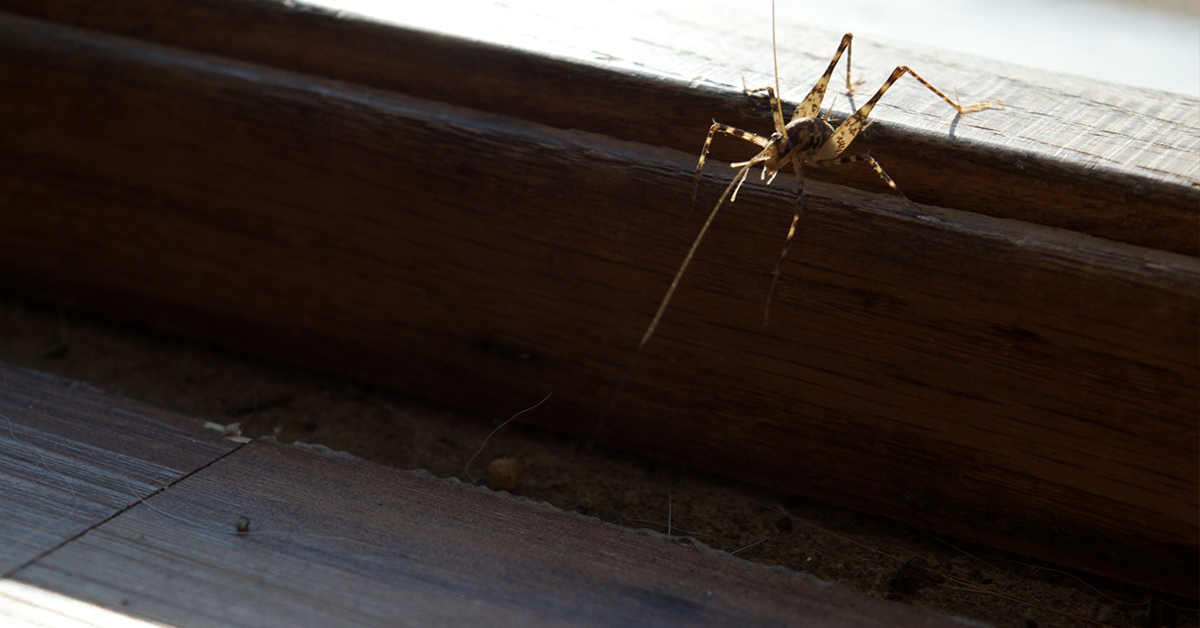CRAZY, JUMPING SPIDER OR CRICKET?

If you have spotted what appears to be a crazy, jumping spider then you are not alone. But what people are mistaking for spiders are actually a species of cricket called cave crickets (also known as camel crickets). They are not as commonly seen outside of caves (hence the name) but there are some areas that cave crickets deem satisfactory to live and unfortunately some of those spots are in our homes throughout New Jersey, Pennsylvania, Delaware and the Eastern Shore of Maryland.
Where Do Cave Crickets Typically Hide?
Cave crickets are usually brown in color and about an inch long. They have large hind legs used to hop. They’ve evolved to living in other areas beside caves and can be found:
- Beneath rotten logs
- In piles of leaves
- In the basement of homes
- Other areas where moisture if present
When the outside climate proves to be too dry and too hot, cave crickets will seek dark, cool areas such as basements. And once inside they are capable of causing some problems. Since they originate from caves, cave crickets are not known for much of a healthy diet which means they could chew on things such as fabrics, clothing, and other belongings.
If you believe that your home has been invaded by cave crickets or what many think to be “crazy, jumping spiders”, it is best to contact the NJ, PA, MD, and DE pest control experts at Viking Pest Control!
As with all pest infestations, the best way to avoid any problems with cave crickets is to prevent them from getting inside of your home in the first place. Inspect the outside of your home including the foundation, windows, and doors for any cracks or holes. Be sure to properly seal off any openings so that cave crickets will not be able to access your home.
Call Viking at 800-618-2847 to learn more about cricket pest control and extermination services, or get a fast, free quote online today!










